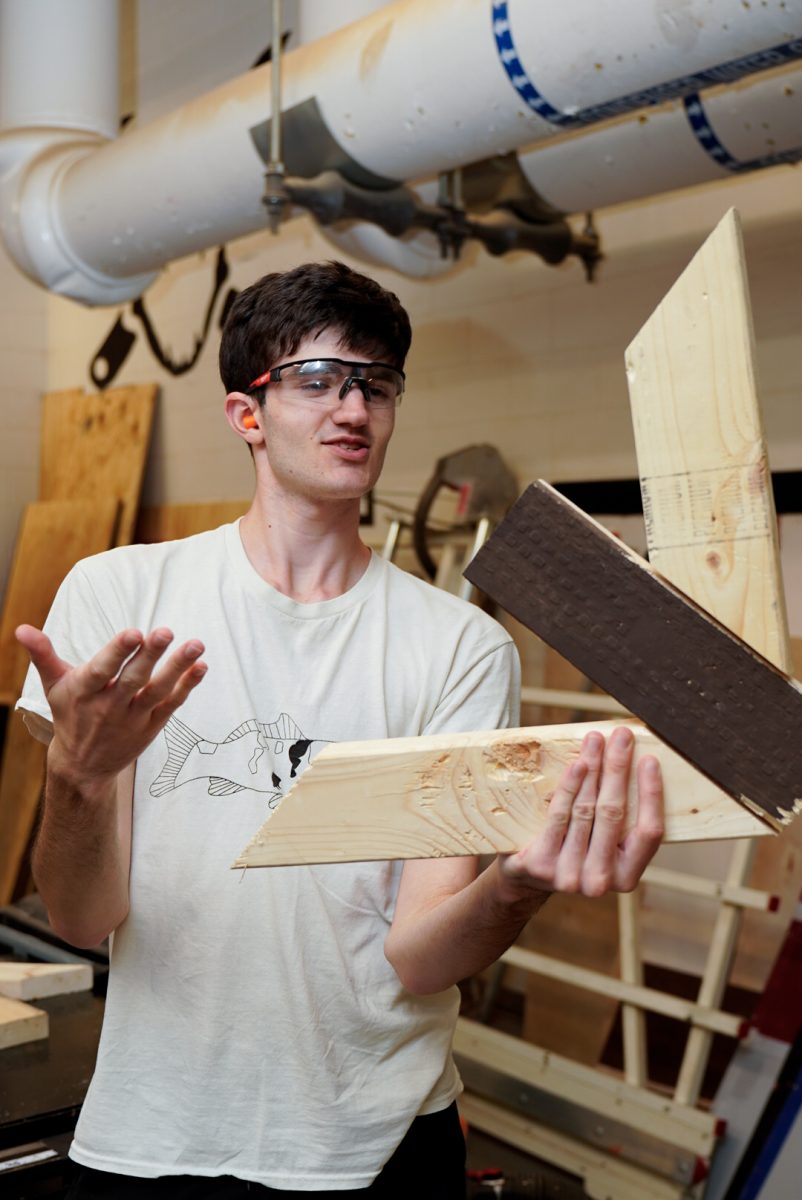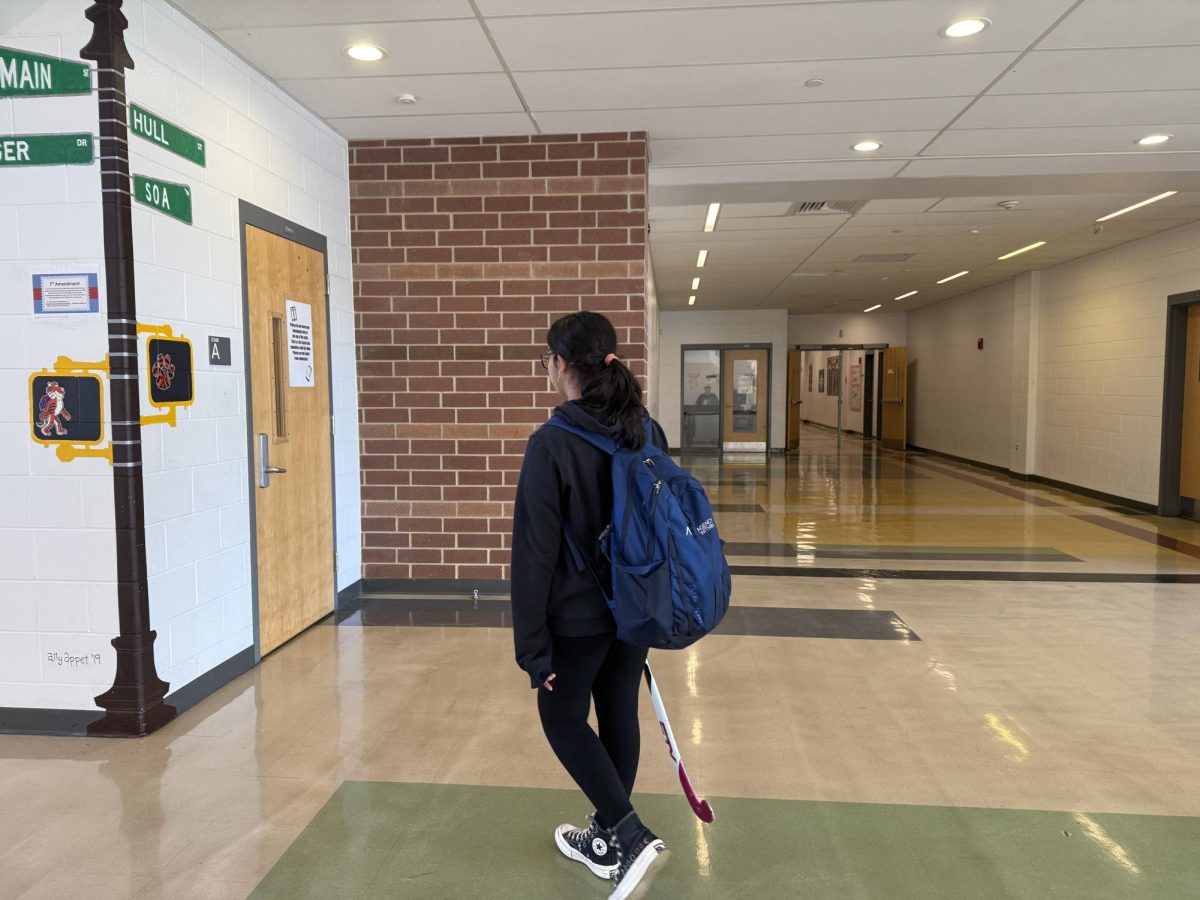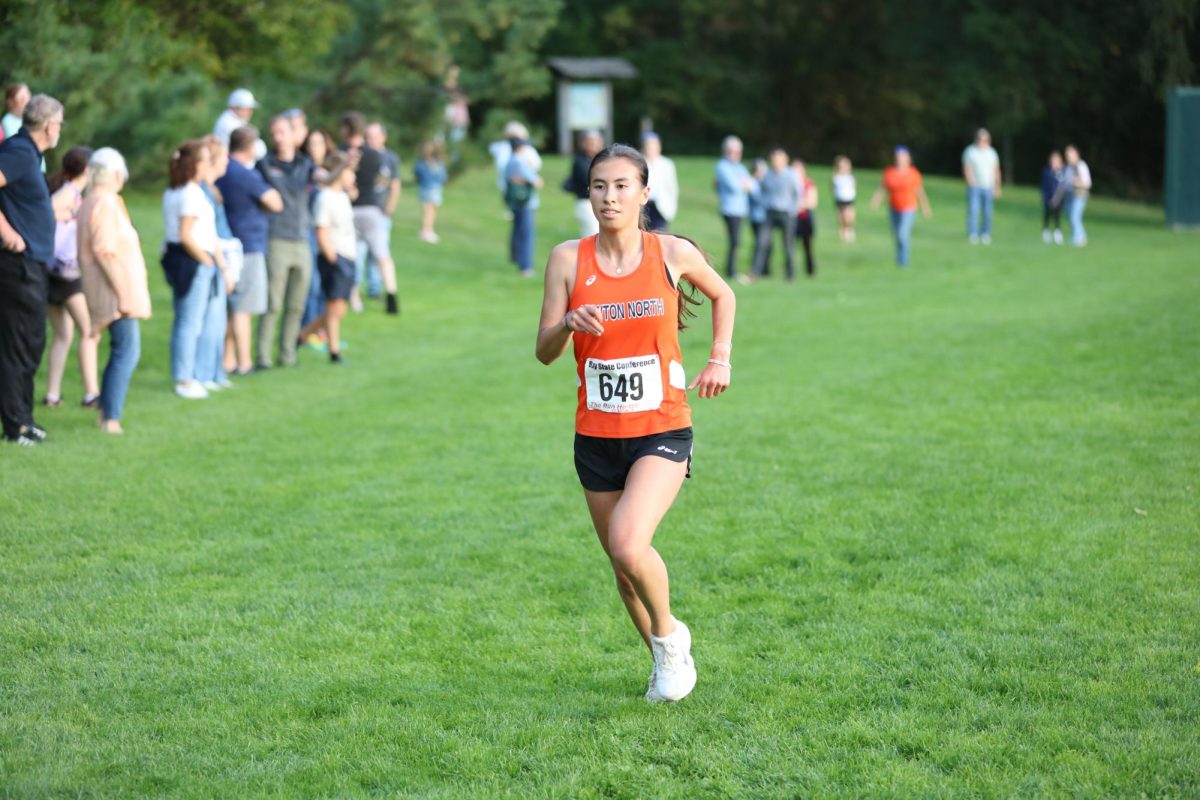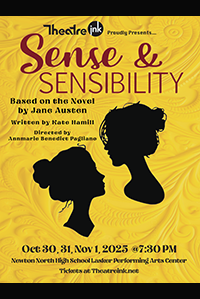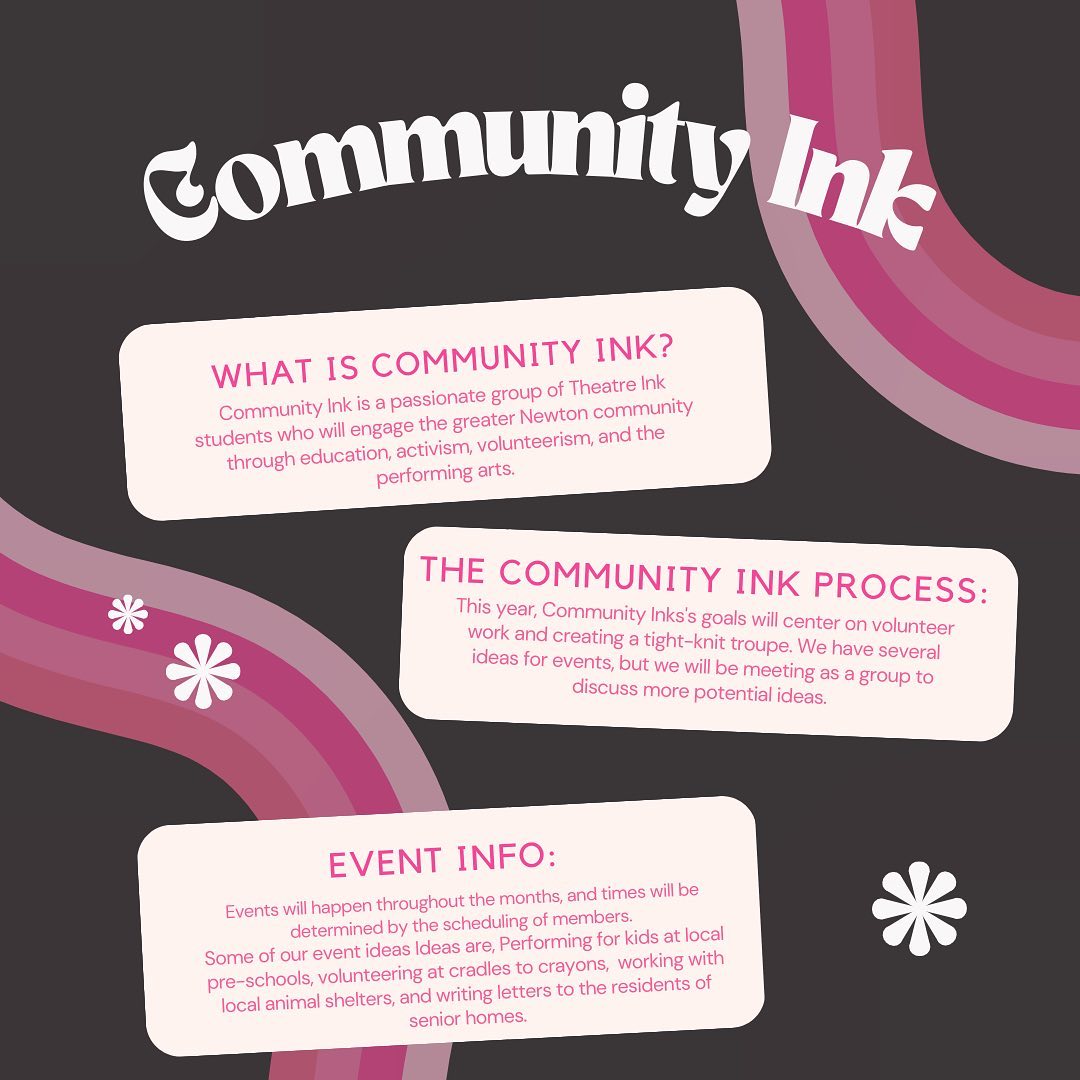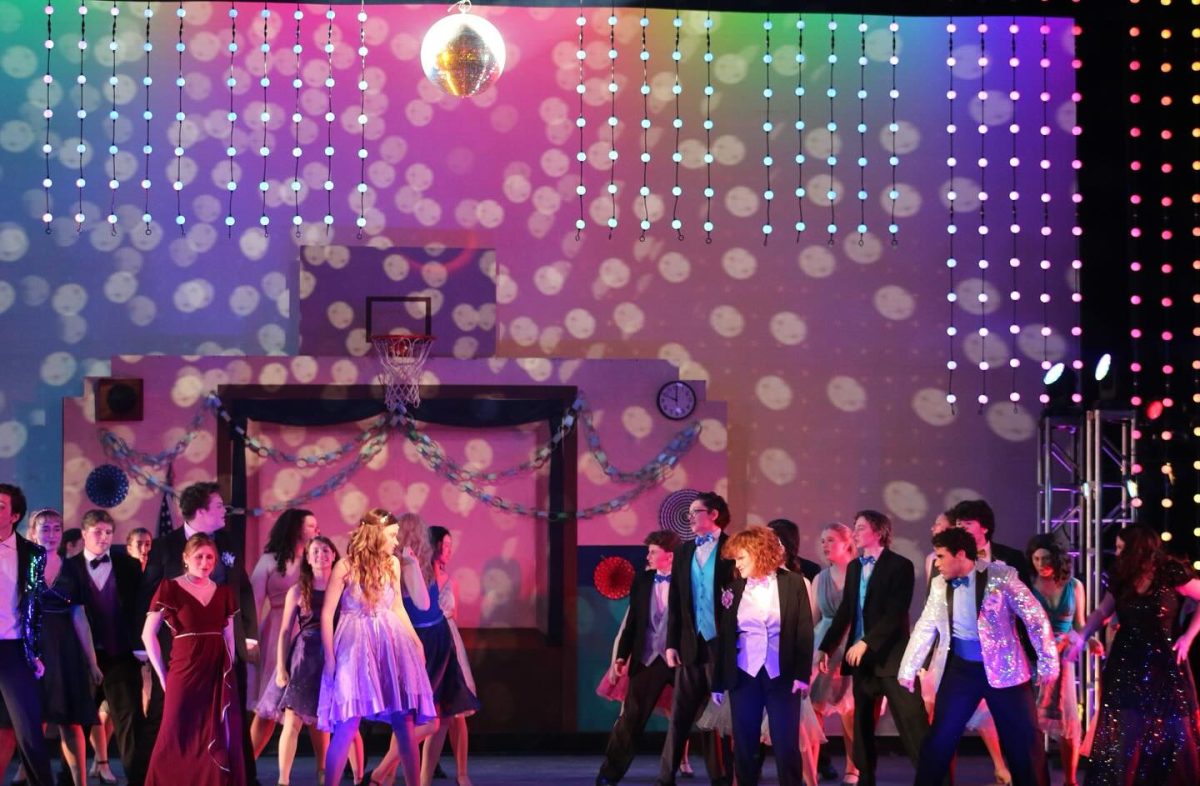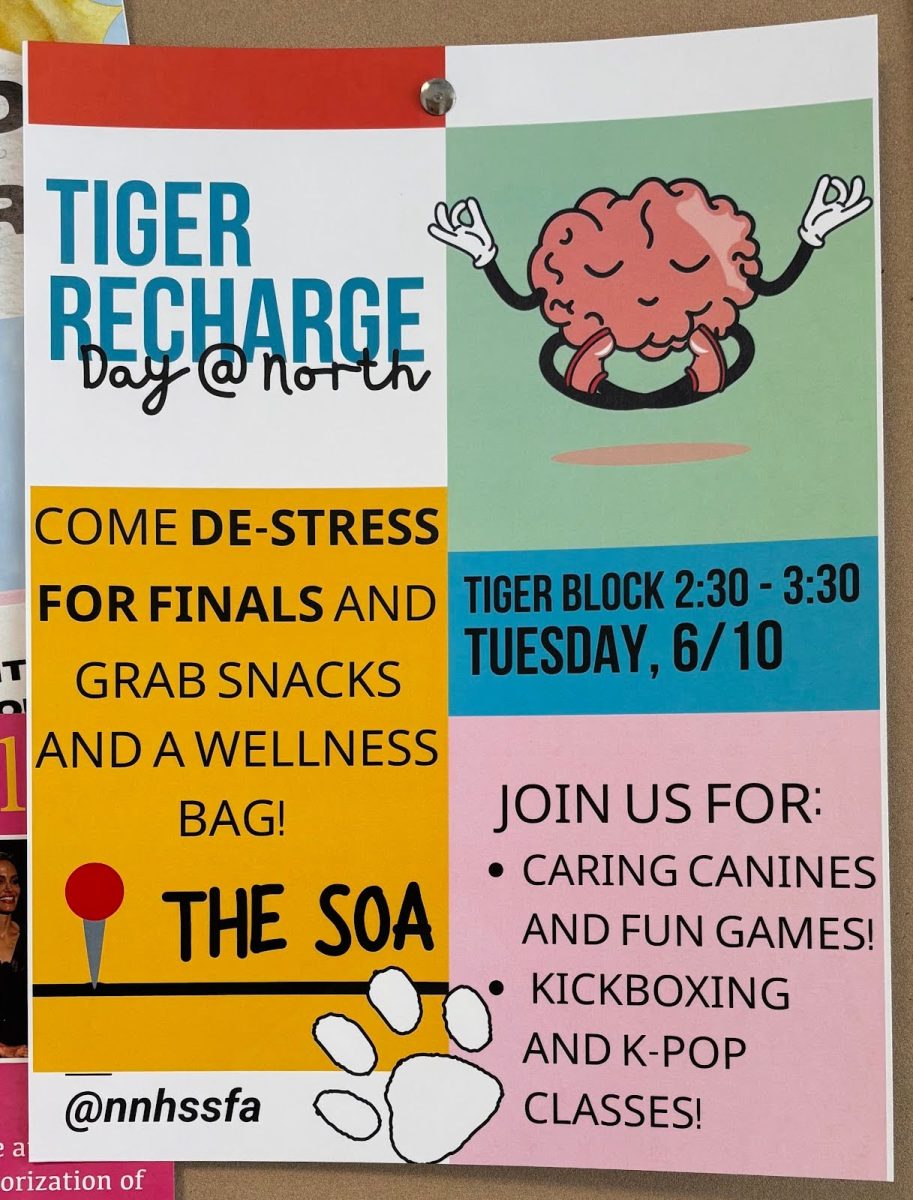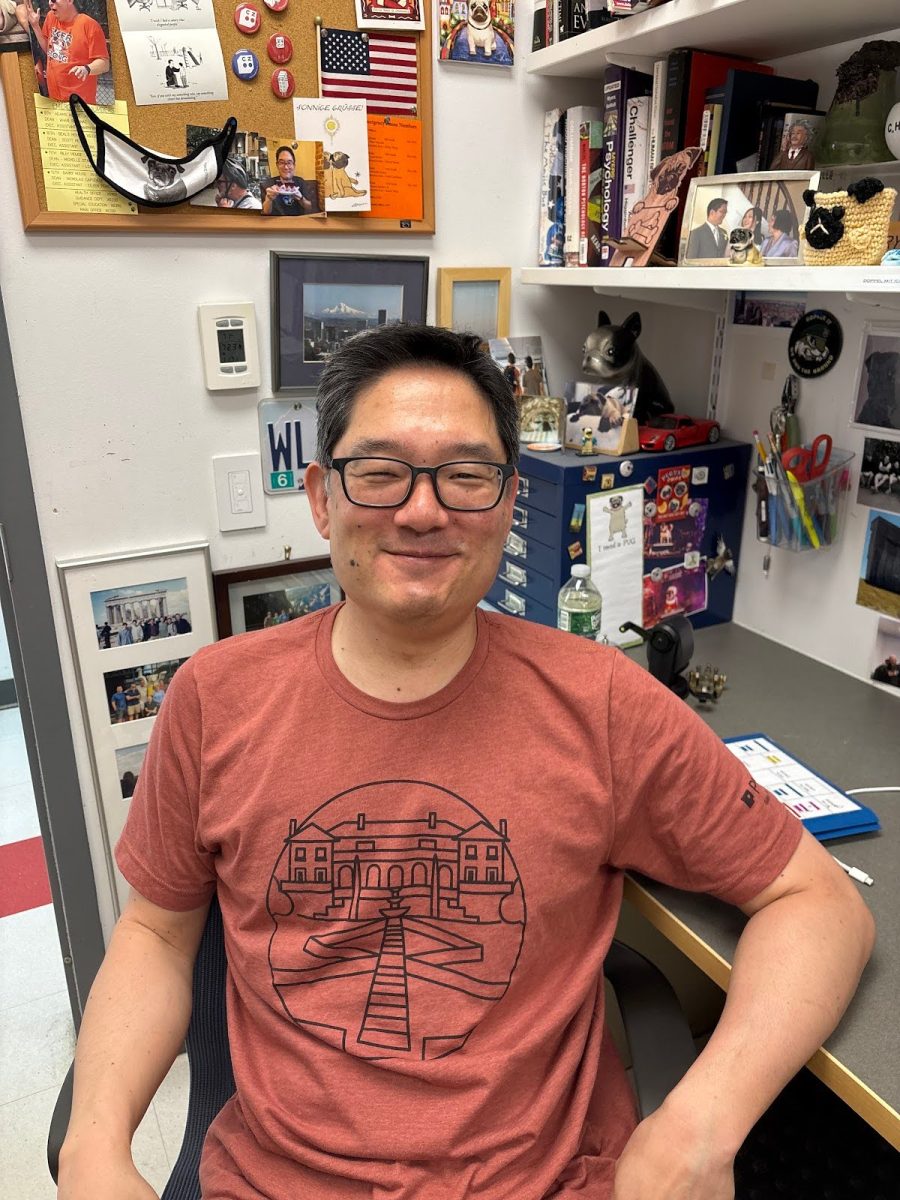by Hilary Brumberg and Perrin Stein
This newspaper launched the redesign of its website, TheNewtonite.com, today. In addition to coming out monthly in print, this newspaper will post new content online daily.
The original website was created in 2007 as an easy way to access archives. After learning about other newspapers’ websites at the Columbia Scholastic Press Association’s spring conference, this newspaper’s staff decided to design a new website, so they could post timely articles and post photo galleries.
In addition to posting content that ran in the print issue, the website includes Tigers sports game reviews, current news stories, photo galleries, comics and games, on campus presentation coverage, archives and reviews of Theatre Ink shows and student concerts.
Because this paper’s staff now generates content for its website, the editors decided to change the print frequency from biweekly to monthly.
The print edition now focuses on long-term, investigative pieces, which are more conducive to the monthly format. For example, in this issue of this newspaper, which will come out Friday, September 30, there is an article on the new concussion policy at this school.
This is the first change this newspaper has made in terms of its design and content in the last decade.
When the editors of this newspaper decided it was time to redesign the paper’s website last spring, they contacted design and visual communications teacher Sue Brooks. In the past, her honors students created the Newton Public Schools’ Career and Vocational Technical Education website, giving them experience in designing a blind-accessible website.
Brooks presented her honors class with the challenge of creating this paper’s website, and each student created a prototype.
In order to make their prototype, students met with several editors from this paper to come up with a list of criteria for the design. Afterward, they drew sketches, which “created the best marriage of website and newspaper design,” according to senior Danielle Wasson, an honors design and visual communications student.
Then, everyone voted for the best design, Wasson’s, which met all the criteria for market research and the design direction of the paper. From there, the class worked as a group to improve upon her design, according to Wasson.
Throughout the design process, editors from this paper met with the design team to give their input on the functionality of the website.
Once the website design was complete, junior Felege Gebru coded it with Word Press. He made the website faster and ensured that it worked in a variety of browsers.
The most challenging aspect of coding the website was making it accessible to the blind and visually impaired because Gebru said he had never done this before. In order to make the website accessible, Gebru encoded alternative text into images. Computers with a screen-reading program will read this text to blinder readers, so they will know what is depicted in the images.
“It took me a lot of trial and error to get the final code and to make it as good as I could,” he said.
Gebru met with several editors of this paper throughout the coding process in order to make sure he included the correct plug-ins and to fix any problems students found as they began to use the website.

